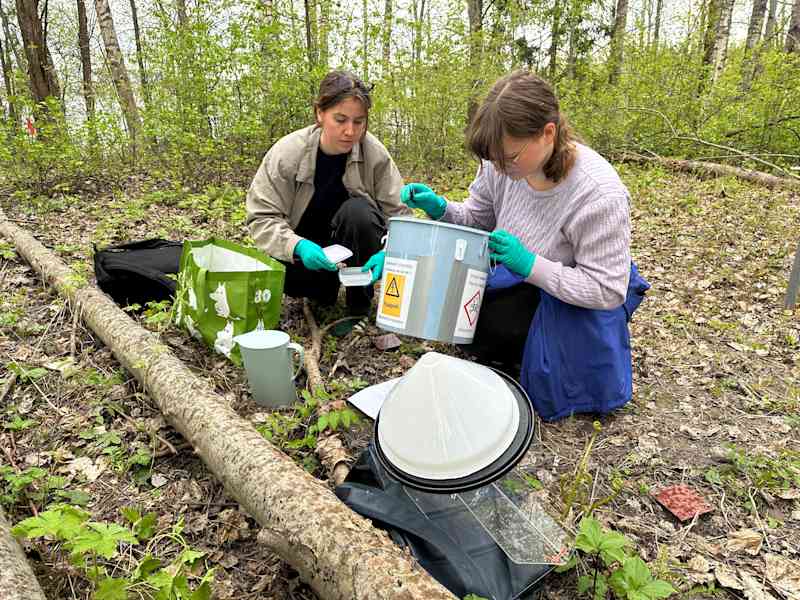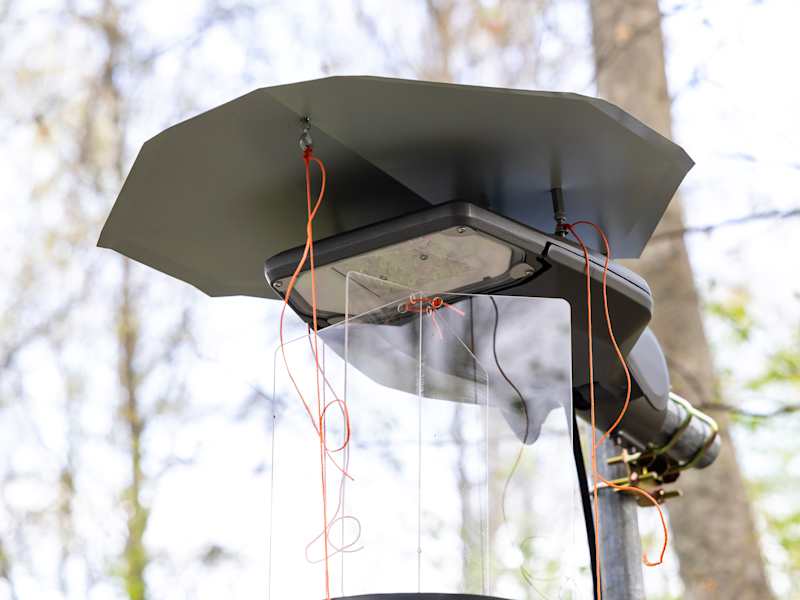Artificial light attracts too many moths – Jyväskylä is studying whether night-time extinguishing of street lights can prevent wildlife cover
In Jyväskylä, researchers are studying the effects of turning off street lights on insects.
A unique study has started in Jyväskylä to find out how artificial lighting can be used to influence nature cover.
Habitat loss refers to the loss of biodiversity caused by human activities.
– We know that light attracts insects, but we don’t know exactly how much artificial light affects insect populations, Vähätalo says.
According to him, international research circles have long been said that the effects of artificial lighting on insects should be further investigated.
In Jyväskylä, this is a pilot survey that for the first time finding out how the nightlight of street lights affects the number of insects arriving at street lights.

Street light lures polluters into the wrong paths
Previous studies show that artificial light mixes the normal life of insects in many ways.
For example, it may interfere with the increase in insects.
– From butterflies we know that street light attracts dogs more strongly than females, so some female may be left without a mating partner, says Vähätalo.
There are about 2,700 butterflies in Finland, most of which are night butterflies. They are important pollinators.
– If night butterflies are eagerly seeking artificial lighting, they are out of the plants in need of dusting, says Vähätalo.
Insects flocking under the roof are an easy target for insect -eating birds. Many predators also know how to use artificial lighting.
– For example, spiders weave nets under the street lamps, where the flocking night butterflies can easily stay in Kiikki, says Vähätalo.

Finding out the importance of night-time firefighting
The impact of the street lighting on the insects will be investigated in Jyväskylä during May and August.
– Night extinguishing reduces the amount of artificial light and should also curb the nature loss caused by nocturnal artificial light. However, there is no research -based evidence, says Vähätalo.
The University of Jyväskylä has, with the help of the city, made a test organization. For example, butterflies are hung under street lamps.
Eyes have also been excavated in the country, as the study also explores the effects of insects in the country. They have a non-toxic salt and dishwasher solution that is not a danger, for example, for dogs.
During the study, the street lights burn in part of the test area throughout the night, and in the other area they are turned off.
– By comparing the number of insects in gear between two different lighting treatments, we find out whether night extinguishing reduces the nature of night artificial light, says Vähätalo.

Money is saved when the light bulb goes off – but what about nature?
In recent years, in many municipalities, street lighting has been reduced for reasons of savings or changed to LEDs, which, according to the researcher, may have a positive effect on nature.
\”If regulating street lighting can bring about savings and prevent the prevention of nature, then in that situation, everyone will win,\” he says.
The first research results will be completed by the end of 2025.
*Corrected 19.05.2025 at 7:26: Fixed in caption Lotta Unnaslahti last name, previously in the caption, incorrectly read unnaskari.*
